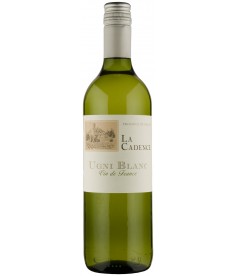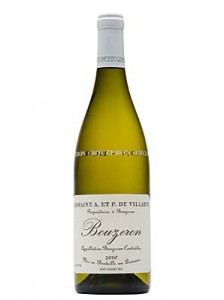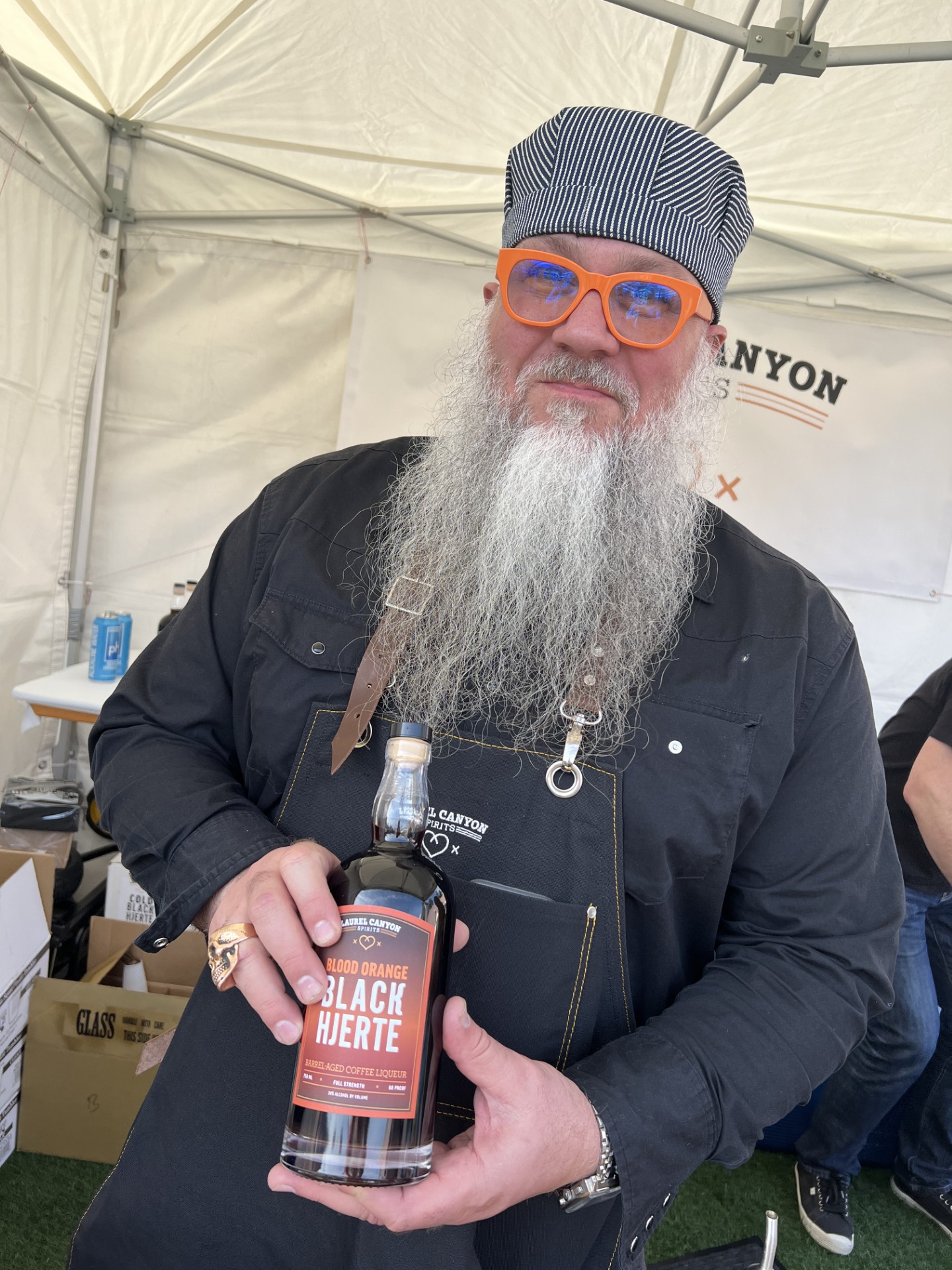Today I am joined by friend and fellow sommelier, Ivelisse Negroni. We are in the small historical town of Samur in the French region of Pays de la Loire. This area is renown for its chateaus and of course, their wine. From our patio table, we have a lovely view of the plaza square. We are enjoying a bottle of Pouilly Fume. This is an excellent white wine with one major drawback. It is only sold within the immediate province. We have been recalling some of our favorite wine stories. One that I particularly like to recount took place some years ago, while I was a distributor in California. I was tasting Chilean wines with the head wine buyer at one of Los Angeles’ leading wine retailers when Carlton, one of the store’s sales reps, approached Esteban and I with a question.
“I have a question,” Carlton’s tone was one of uncertainty. “My customer is looking for a bottle of wine, but she can’t remember the name.”
“It is the wine that is so popular with the ladies for lunch,” she was quick to break in.
Esteban and I turned to the customer in question, and without hesitation replied, “Rombauer.”
“You guys are great! All three of you,” she took Carlton by the arm. “Please find me a bottle.”
Once he was free, Carlton returned to thank us for our help. “How did you guys know which wine she wanted?”
As head wine buyer, it is my responsibility to have readily available those wines that our customers enjoy,” Esteban was first to reply.
“Gregory, surely this wine is not your palate, so how did you know?” Carlton queried.
“It is inconsequential what is or isn’t my palate. Frankly, preference is subjective,” I chuckled under my breath as I paused for effect. “Like Esteban, I must know what people like, yet encourage them to take a step outside the box, and try new and different styles of wines.”
I often share this story, not to praise Esteban or myself, I share it because we inspired Carlton to open his mind to new ideas. Today, Carlton is a sommelier in one of LA’s most cutting-edge fusion restaurants. Much too often people pigeon-hole their palates and continue to drink the same wines, day in, and day out.
Not to mention those people who get caught up in “the wine of the moment.” Much too often we find ourselves seeking only those mainstream labels because we fancy ourselves chic. When I come home to Los Angeles for a visit, I notice that my family and friends are quick to serve California wines. In Europe, not much changes. People are quick to serve local popular wines. Even in my own household, I am quick to pop open a bottle of Italian or Georgian wine.
One of the things that I most enjoy while exploring the wines of any country, is rediscovering those priceless gems that I have not enjoyed for awhile. France is a perfect example. There are so many styles of wine that are relatively unknown outside of the country. France has a long history of viticulture that predates the Romans so it is interesting to and fun to explore their wine traditions. Here are a few gems that are readily available on the international market. I highly recommend you hold off on that bottle of Chardonnay, step out of the box, and have a bit of summer fun with these varietals.
 Mauzac is a very popular grape varietal in Southwestern France, and prevails in the regions of Gaillac and Limoux. Locally it is known as Mauzac Blanc. In Gaillac, there is a move to produce more wines of quality to increase their exports. Typically, producers in Gaillac have used Mauzac to make aromatic sparkling wines that are soft and mildly sweet on the palate. While in Limoux, Mauzac is often used in blending. The popular Blanquette de Limoux, blends Mauzac with Chardonnay and Chenin Blanc to create this renown style of wine. Mauzac is ever prestigious with the French and is one of the few white grape varietals that is allowed to be blended with Bordeaux.
Mauzac is a very popular grape varietal in Southwestern France, and prevails in the regions of Gaillac and Limoux. Locally it is known as Mauzac Blanc. In Gaillac, there is a move to produce more wines of quality to increase their exports. Typically, producers in Gaillac have used Mauzac to make aromatic sparkling wines that are soft and mildly sweet on the palate. While in Limoux, Mauzac is often used in blending. The popular Blanquette de Limoux, blends Mauzac with Chardonnay and Chenin Blanc to create this renown style of wine. Mauzac is ever prestigious with the French and is one of the few white grape varietals that is allowed to be blended with Bordeaux.
Ivelisse selected as our first wine of the tasting, Robert & Bernard Plagoles Mauzac Nature Sparkling 2010. In the glass, our Mauzac is slightly cloudy with only gentle bubbles. The nose is delicate with prevailing scents of citrus. On the palate, it is off dry, textured, and balanced. There are generous amounts of apple and pear that round out its flavor profile. There is a beautiful and natural acidity that finishes with a kiss of sweetness. The alcohol content is 12% with a price tag of $45.
“Most people are not aware that Mauzac actually predates Champagne, and was first produced in Gaillac in the 16th century,” I spoke in a tone that was matter of fact. “Perhaps you should also explain to our readers the method for making this style of wine.”
“But of course,” Ivelisse smiled with antication. “It is known as Methode Gaillacoise or Methode Rurale. Quite simply, the wine is put into the bottle before it has fermented dry. It is this continued fermentation process that gives the wine its bubbles.”
“I find Mauzac to be a very enjoyable sparkling wine and very different from Champagne.”
“For me, Mauzac works best when served as an aperitif,” Ivelisse smiled as she poured us both another glass.
Ugnic Blanc is a varietal that prevails throughout southern France. In Languedoc and Provence, winegrowers like it for its freshness. It is often used as a base for many blends dry white wines. It is distinguishable by its banana aroma. In Cognac, it is known as “Saint-Emillon,” and the predominant grape varietal in making fine brandies.
Ivelisse selected a La Cadence ugnic Blanc 2012. In the glass, it is a glossy pale yellow. On the nose, there is a distinct freshness in the bouquet. The prevailing aromas are blooming flowers and citrus fruits. On the palate, our Ugni Blanc is quite lively. There are notes of herbs and apples and the wine’s soft texture is followed by a vibrant and fresh finish. The alcohol content is 11% with a price tag of $10.
“I enjoyed the liveliness of this Ugni Blanc,” Ivelisse’s eyes brightened as she smiled.“ Very refreshing.”
“I liked its finish,” I paused, moistening my lips.“ Quite flavorful.”
“Since this wine is zesty and refreshing, I would pair it with flaky fish,” she paused to collect her thoughts. “In this way, the wine will balance the delicate fish flavor.”
Bourgogne Aligote is a light white wine that is often referred to as “Burgundy’s other white grape.” It is beloved by the local people, and since it does not age all that well, many enjoy Aligote as their daily drinker.
Ivelisse chose an A & P Domaine de Villaine Bouzeron 2010. This is a great summer wine. In the glass, it is a light straw color and displays an enticing liveliness. On the nose, it blooms with the scent of fresh flowers, apples, and lemons. There is also a very slight hint of chalk. On the palate, it is crisp and acidic, with a very nice balance of fruit, herbs, and minerals. This charming wine finishes with nice acidity and beckons you to drink more. The alcohol content is 12.5% with a price tag of $25.
 “Definitely the best example of Burgundian Aligote,” I gave a nod of approval. “If we we order shellfish for dinner, this is the wine.”
“Definitely the best example of Burgundian Aligote,” I gave a nod of approval. “If we we order shellfish for dinner, this is the wine.”
“Definitely a very good wine that is enjoyable and easy to drink,” Ivelisse paused slightly. “I would serve Aligote as an aperitif. It would also pair nicely with cheese.”
“What cheeses would you select?” I queried.
“I would serve Charolais or Maconnais,” Ivelisse flashed me an almost too delightful smile.
“On that note, I’m famished.” I gave her a quick nod and a wink. “Where shall we eat?”
“I know a quaint little café within walking distance that I am sure you will enjoy,” she smiled brightly.
So did we pair Aligote with shellfish or did Ivelisse win out and we enjoyed the wine as an aperitif … “That my friends, is another story.”









